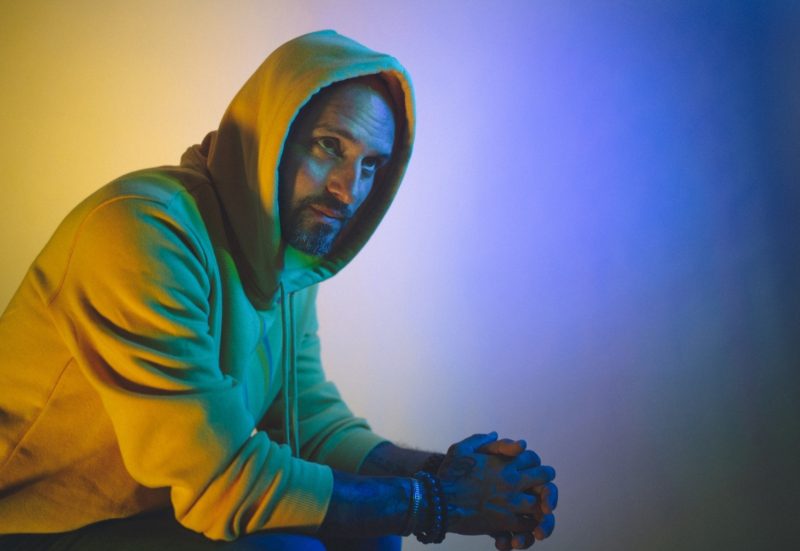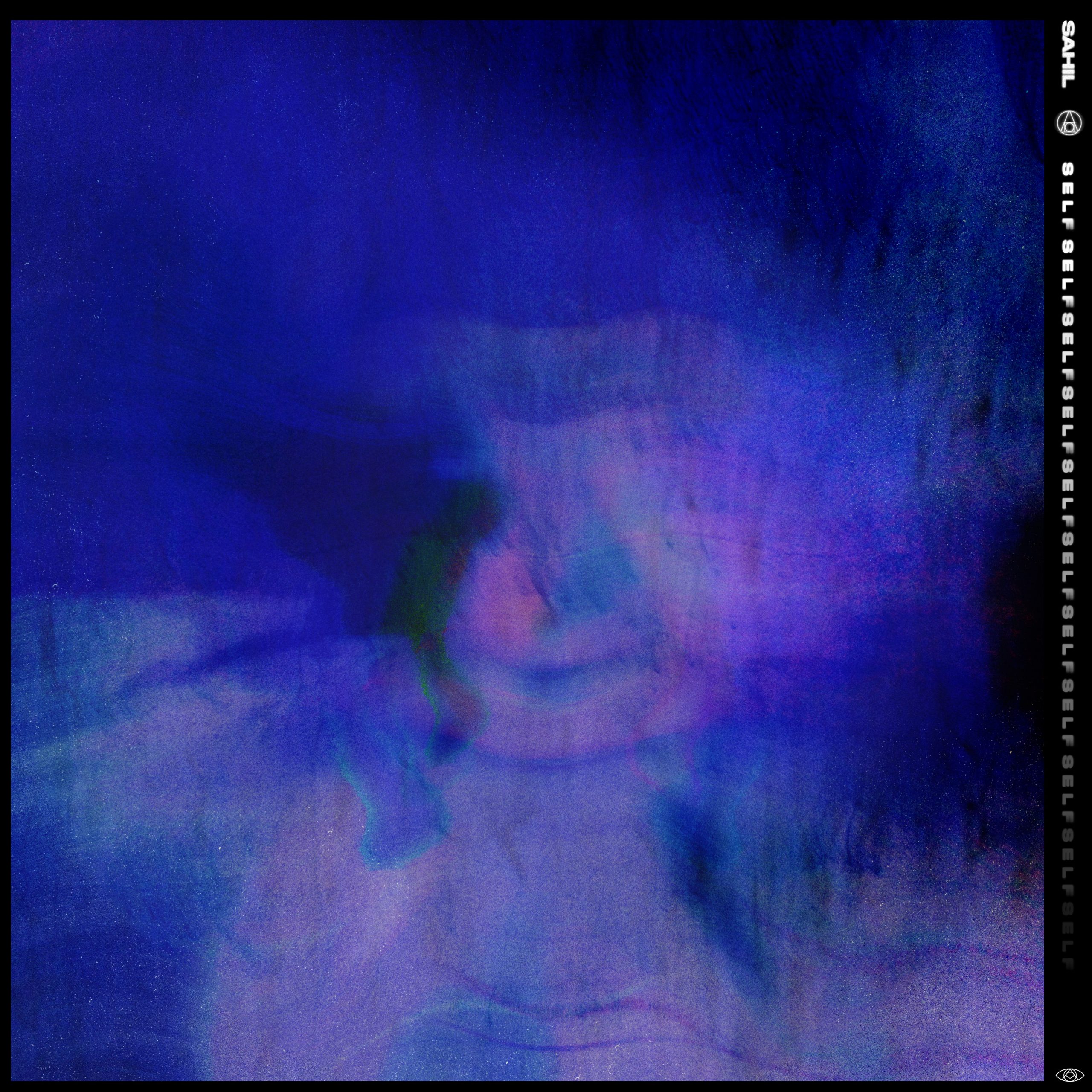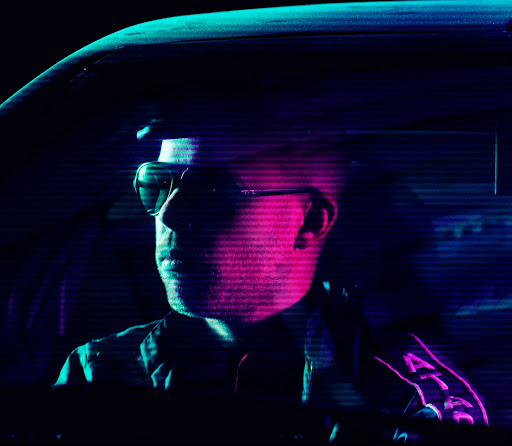Q+ A: 5 Minutes with Greg Kozo
Sometimes a tale just captures your attention and holds it, wiggling its way into your mind and holding fast. Beauty is created when that story evolves into a new form, beyond the expected narrative and into a new realm. Take Greg Kozo, for instance, the French musician who heard the daring tale of Rita Faltoyano and her deadly escapades and involvement with the mafia. A quick Google search later and a couple of x-rated sites revealed this was definitely not the case. However, the story (like all good ones) stuck and earned itself a spot in Greg Kozo’s creative files as he would eventually rework the tale into a melodic house masterpiece.
Stream / Download The Story Of Rita Faltoyano EP
The producer himself laid out some interesting points as we sat down for an exclusive interview. Find everything Greg Kozo had to say below.
Set the tone for us. Why the arts?
It always has been the only thing that provides me with true happiness. Of course, I love to lay down in the sun, to drink a glass of good red wine, but nothing is as good as writing a track, building an atmosphere and filming a music video. I haven’t stopped doing this since I was 15.
Which comes first when you’re producing – the sound or the idea?
What comes first is a sensation, a feeling that I’m looking for. For example, if I’m driving on a city speedway at night, I feel a sensation that I’m gonna try to reproduce as sounds, melodies, beats. And working on that sound, shaping it, is a journey that I love.
Does your material feature any collaborations?
On this EP, I have not collaborated with anybody. On the album, I’m actually working with a singer from London, Tim Moyo and a saxophonist from Switzerland, Leon Phil. Maybe a few other collaborations will come in the near future.
What’s on your current playlist?
The Code, Com Truise, Agoria, Linkwood, Leon Vynehall, Thylacine, Fakear. That’s for the electronic music playlist. But I also listen a lot to Chet Baker, Keith Jarrett, and other jazz artists.
Tell us about the chemistry you have with your fans on stage.
Being on stage is an incredible thing. For years, I used to try to bring only a lot of energy and dancing in the crowd. For a few years, I try to create also a little piece of intimacy between us. It means that I have to accept to play so more quiet music to bring attention.
What techniques do you experiment with to get your original sound?
I think it includes producing a lot of music and then removing everything that is not essential to me. And to think about the music before playing it. To think “I want to hear a deep bass totally drowned in a large reverb” prevents losing hours of playing an average bass sound.
Take us through a day in the recording studio.
It starts with a large pot of fresh coffee. Then I mostly start with beats. I love to work on the tone of a kick or the length of a hat. Which is funny because drums are not so important in my final sound. But it starts like this.
Then, I play chords for hours with some classic synth-like Prophet or electric piano-like Rhodes.
When I’m good with a progression, I start to play it with more edited sound.
Was there a specific moment in your life where you thought, “this is what I want to do”?
I think that it maybe has happened several times. But, I think my actual sound has never been so close to exactly what I want to do.
On a more global view, I always have lived exactly what I want to do. And that is important to me to respect that.
What do you keep close by while you’re playing a set?
A bottle of sparkling water, my phone and that’s it
Any emerging artists on your radar?
Sierra, she creates hard but very good music.
What gets your creative juices flowing?
I’m inspired a lot by movies, books, and landscapes. But, it always comes out when I’m driving my moto or when I’m taking a shower. 99% of my desire of a new track comes at this precise moment.
Take us through your collection of gear, tech or software that accompanies your creative expression.
I’m working on a computer but the main parts of my gear are hardware. My central buddy is a Moog Voyager. You can hear it on all my tracks. Also a Dave Smith Mopho 4 for the polyphonic parts. A studio electronic ATC1, a JX8P Roland, a push2. I also have, for the writing times, a Fender jazz bass, and some guitars.
Any side projects you’re working on?
I’m working a lot on some video projects aside. And musically, I’m working on an electronic jazz project. With fewer melodies and more atmosphere and long structures.
How have you refined your craft since you entered the industry?
I use to think that being in the industry doesn’t affect my work. But I’m wrong I think.
I try not to listen too much to other electronic artists’ music while I’m in my production process. So as to not be influenced.
Breakdown the news for us: what can we expect from you this year?
A serving of EPs that are already finished for the main part of it. And an album for the end of the year. I’m gonna start some live streams too. And some stage action, I hope!
Famous last words?
Everything is gonna be ok in the end, and if it’s not ok this is not the end.
Follow Greg Kozo:
Facebook – Twitter – Soundcloud – Instagram – Spotify
Follow Enchanté Records:
Facebook – Twitter – Soundcloud – TikTok – Youtube – Instagram
Image credit: Alexandre Lanier
By Sarah Britton



